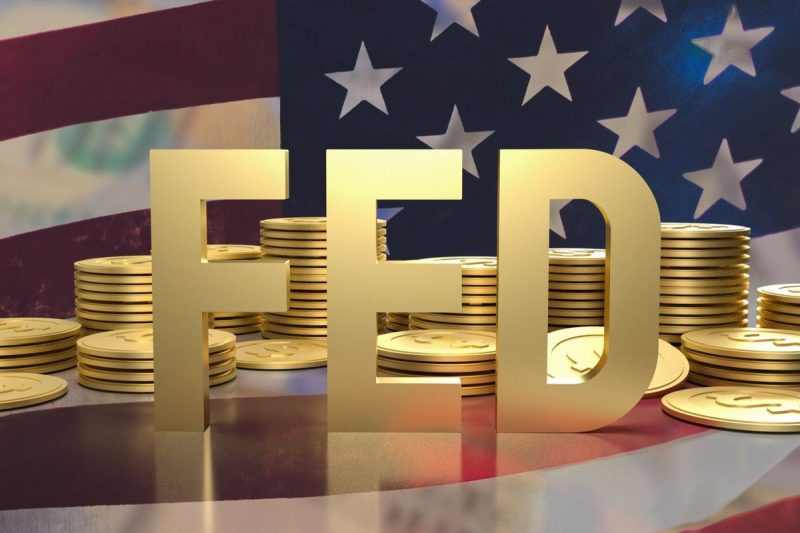As global investors track the ever-fluctuating economic conditions, gold, the world’s most celebrated safe haven asset, recently reached an unprecedented pinnacle. Enthusiastically propelled by the U.S. Federal Reserve’s decision to implement a key interest rate cut, gold prices momentarily catapulted to the summit of their historic chart, before experiencing a moderate setback.
Over the years, gold has preserved its iconic stature as a ‘flight to safety’ alternative during times of economic unrest. Following the Fed’s Rate cut, it ingrained more reality into its coveted role. With investors increasingly hesitant about investing in more volatile assets, they turned their gaze towards the shimmering allure of gold.
Upon the announcement of the Federal Reserve’s decision to decrease interest rates, an extraordinary spectacle unfolded within the global financial ecosystem. The spot gold price rallied to a record high, besting its previous peak set back in 2011. Such an upsurge exemplifies the remarkable bond between monetary policy, investor psychology, and the valuation of gold.
However, like the fleeting brilliance of a firework, the gold price spectacle was destined to endure a pullback. After skyrocketing to an all-time high, gold faced a minor retracement. Despite this, the overall bullish sentiment surrounding the asset’s potential appeared unswayed.
The comprehensive outlook vis-à-vis gold in the wake of the rate cut is quite intriguing. Often, a reduction in interest rates diminishes the allure of fiat currencies, thereby enhancing the attractiveness of gold. An imminent win for the gold market seemed predictable when the Federal Reserve announced its plan to cut rates. Interestingly, this came to quick fruition and underlined the strength and sensitivity of gold to broader macroeconomic policies and events.
Indeed, the Fed’s rate cut triggered a bottleneck effect within the financial markets. Investors, seeking to secure their wealth against economic volatility, offloaded riskier assets and instead nestled their hopes in the seemingly impervious yellow metal. But amid this incessant demand, some degree of price adjustment was due – the ‘pullback’.
This pullback, however, shouldn’t be interpreted as a sign of gold losing its sheen. Rather, it needs to be approached as a natural market correction following an intensive rally. These pullbacks are typical in any healthy market and play a vital role in sustaining long-term growth trends. This intermittent market correction helps to prevent the formation of asset bubbles and plays a vital role in sustaining long-term growth trends.
During these economically turbulent times, gold’s performance further reinforces its characterization as a reliable safe-haven asset during crises. Despite the pullback, its trend remains upward trending, signaling investor confidence in its inherent value and stability amidst external economic turmoil.
In overview, this episode can be perceived as a testament to gold’s distinctive and enduring appeal to investors during times of financial strain. Although the response to the rate cut was instantaneous, leading to gold hitting an all-time high and then experiencing a pullback, the prevailing sentiment still conveys an air of optimism about gold’s prospects. Regardless of the pullback, many consider this a golden opportunity to buy, with the anticipation that its value will continue to soar higher over time, further solidifying gold’s position as a charming and dependable safe haven refuge.




